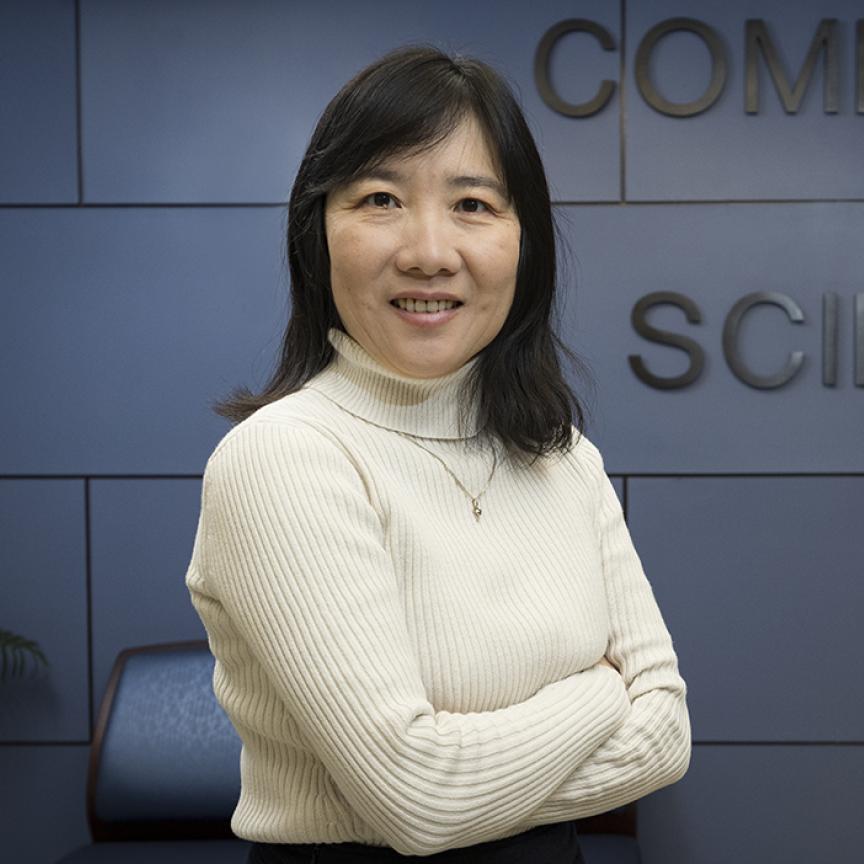IBM and Raytheon Technologies have announced a collaboration to jointly develop advanced artificial intelligence (AI), cryptographic and quantum solutions for the aerospace, defence and intelligence industries, including the federal government, as part of a strategic collaboration agreement.
Artificial intelligence and quantum technologies give aerospace and government customers the ability to design systems more quickly, better secure their communications networks and improve decision-making processes. By combining IBM's breakthrough commercial research with Raytheon Technologies' own research, plus aerospace and defence expertise, the companies will be able to crack once-unsolvable challenges.
Dario Gil, senior vice president, IBM, and director of research comments: ‘The rapid advancement of quantum computing and its exponential capabilities has spawned one of the greatest technological races in recent history – one that demands unprecedented agility and speed. Our new collaboration with Raytheon Technologies will be a catalyst in advancing these state-of-the-art technologies – combining their expertise in aerospace, defence and intelligence with IBM's next-generation technologies to make discovery faster, and the scope of that discovery larger than ever.’
In addition to artificial intelligence and quantum, the companies will jointly research and develop advanced cryptographic technologies that lie at the heart of some of the toughest problems faced by the aerospace industry and government agencies.
Mark Russell, Raytheon Technologies chief technology officer added: ‘Take something as fundamental as encrypted communications. As computing and quantum technologies advance, existing cybersecurity and cryptography methods are at risk of becoming vulnerable. IBM and Raytheon Technologies will now be able to collaboratively help customers maintain secure communications and defend their networks better than previously possible.’
The companies are building a technical collaboration team to quickly insert IBM's commercial technologies into active aerospace, defence and intelligence programs. The same team will also identify promising technologies for jointly developing long-term system solutions by investing research dollars and talent.


